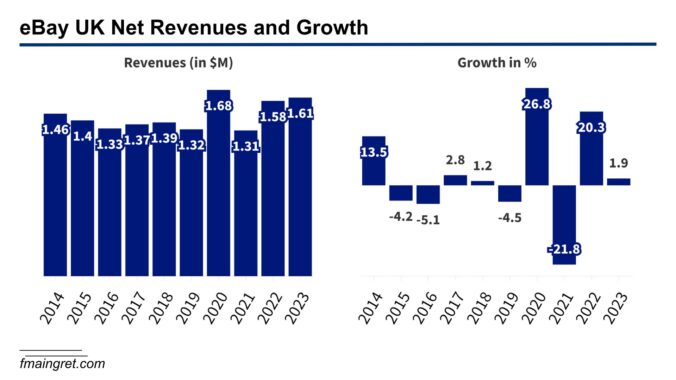Benjamin Franklin may have said, “In this world, nothing is certain except death, taxes, and supply chain nightmares before the holidays.” And I’d agree with him. To be fair, the marketplace has become so competitive and complex that large variations in volumes are bound to create some troubles. However, it seems like this year has been especially challenging for those selling through Amazon FBA.
Should we blame the port strike earlier this year, larger volumes of inventory being shipped, or other factors? In today’s article, I’d like to go over what happened with Amazon and see how the company is dealing with it. We’ll then look at how sellers were impacted, but more importantly, why fixing these issues is critical for the ecommerce titan.
Continue reading








